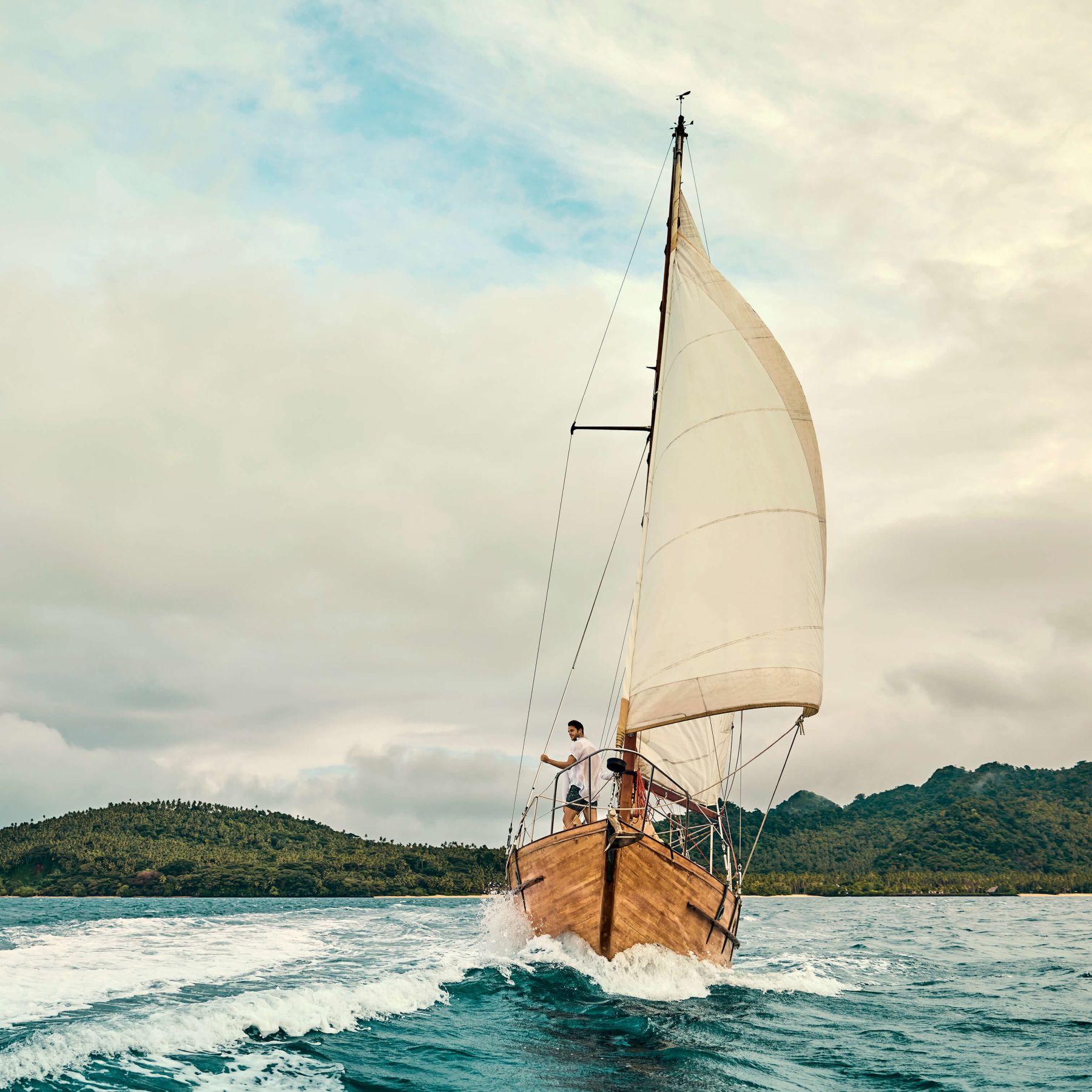
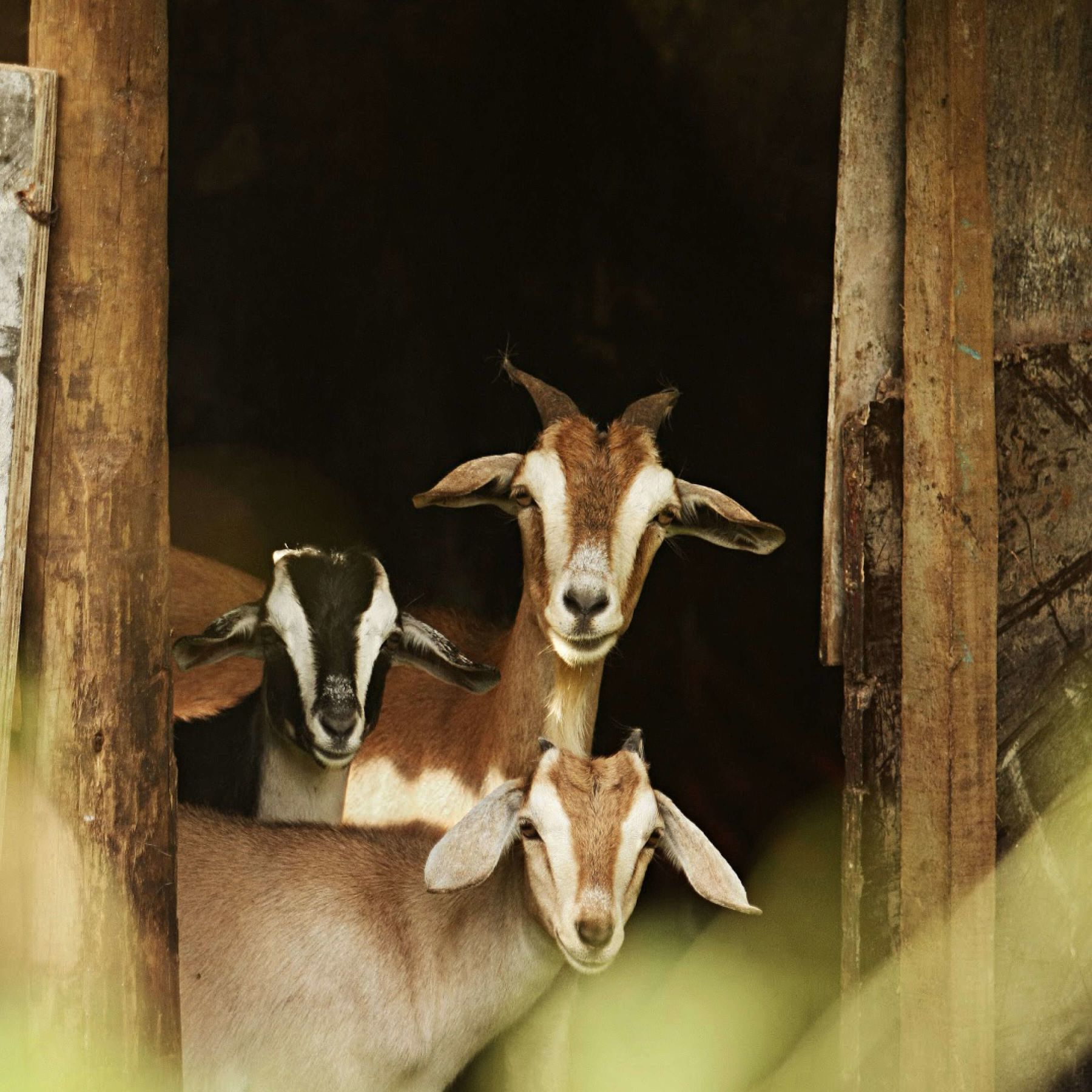
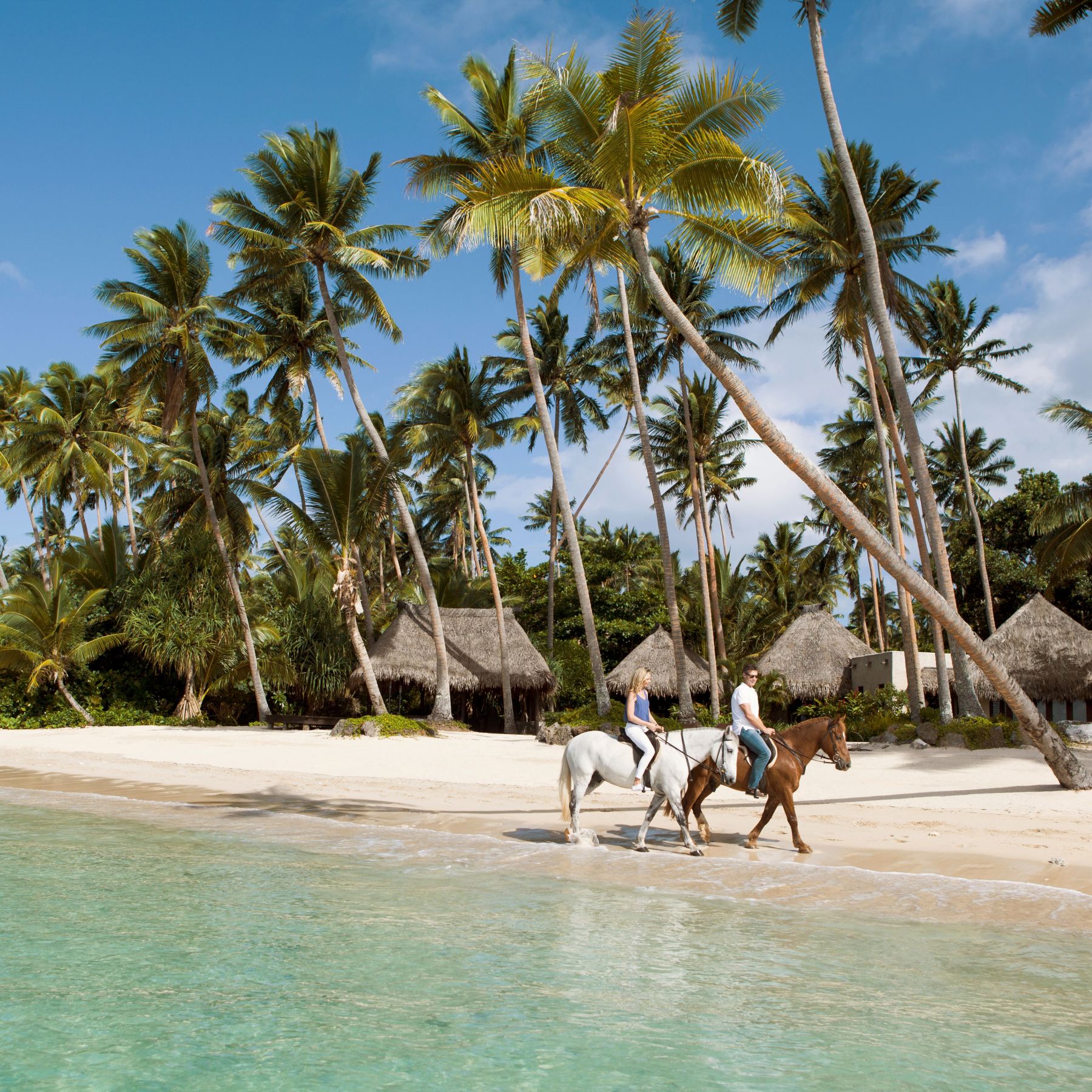
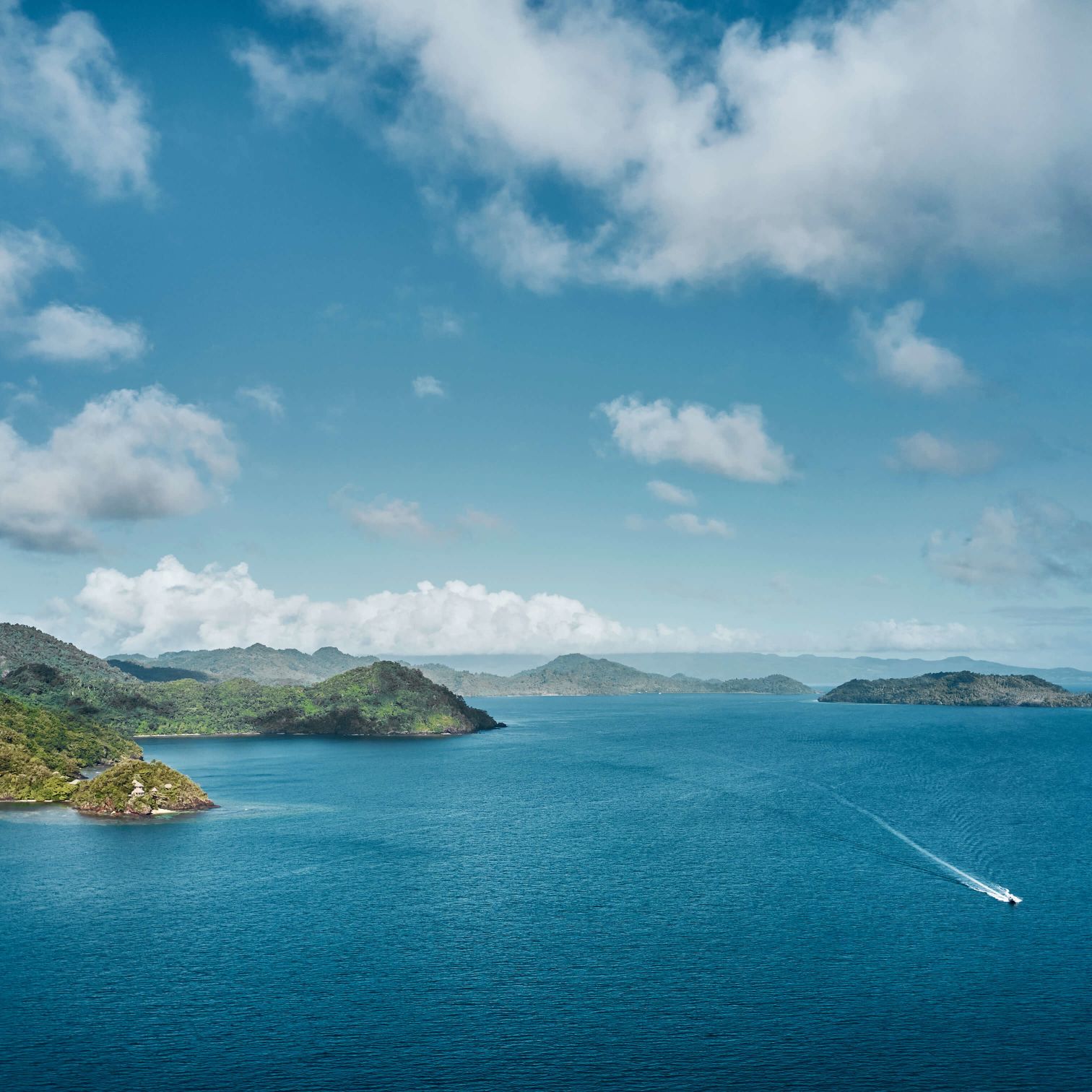
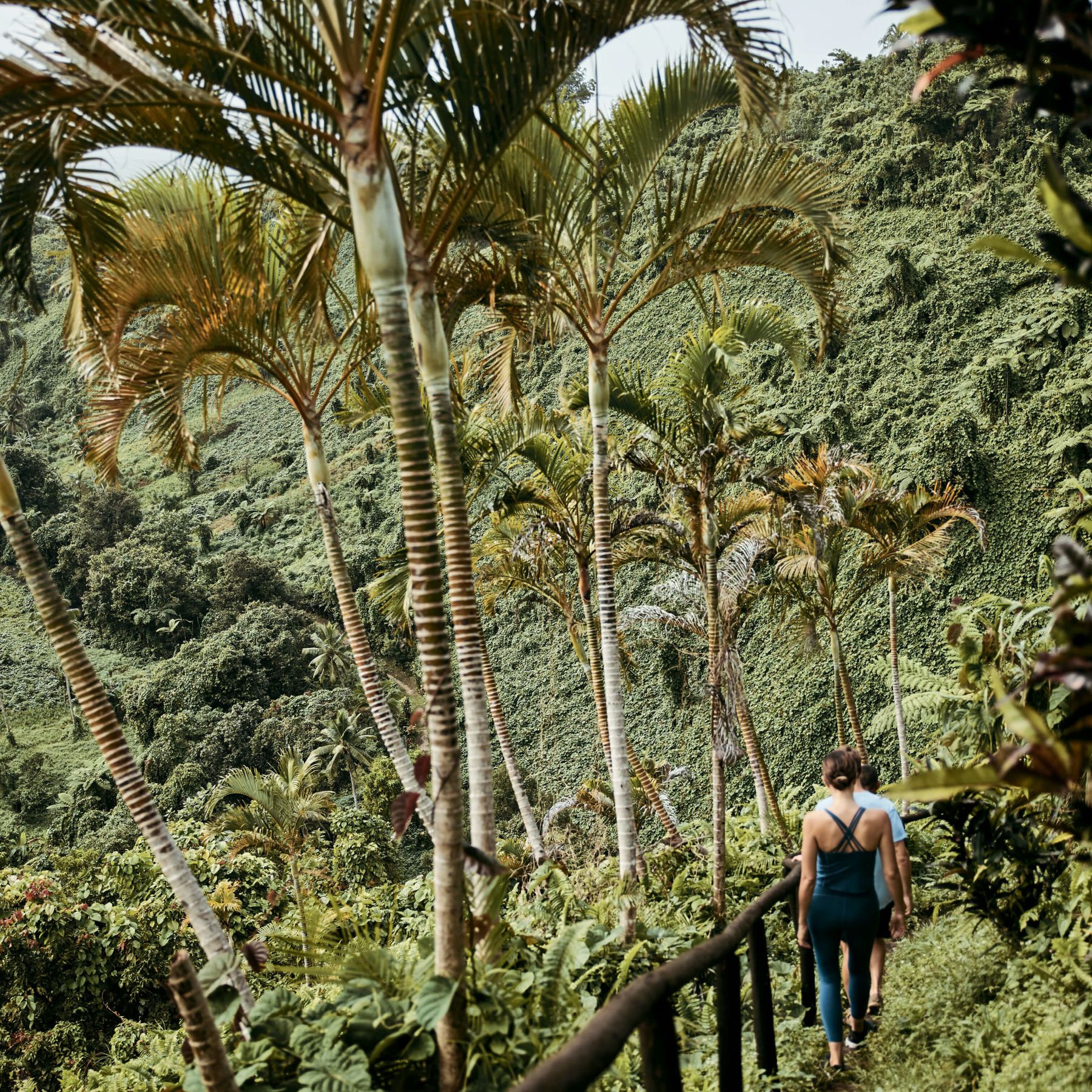

The Island as Closed System: Laucala's Hermetic Self-Sufficiency
Entering an Ecosystem of Perfect Balance
by KA's Experience Team
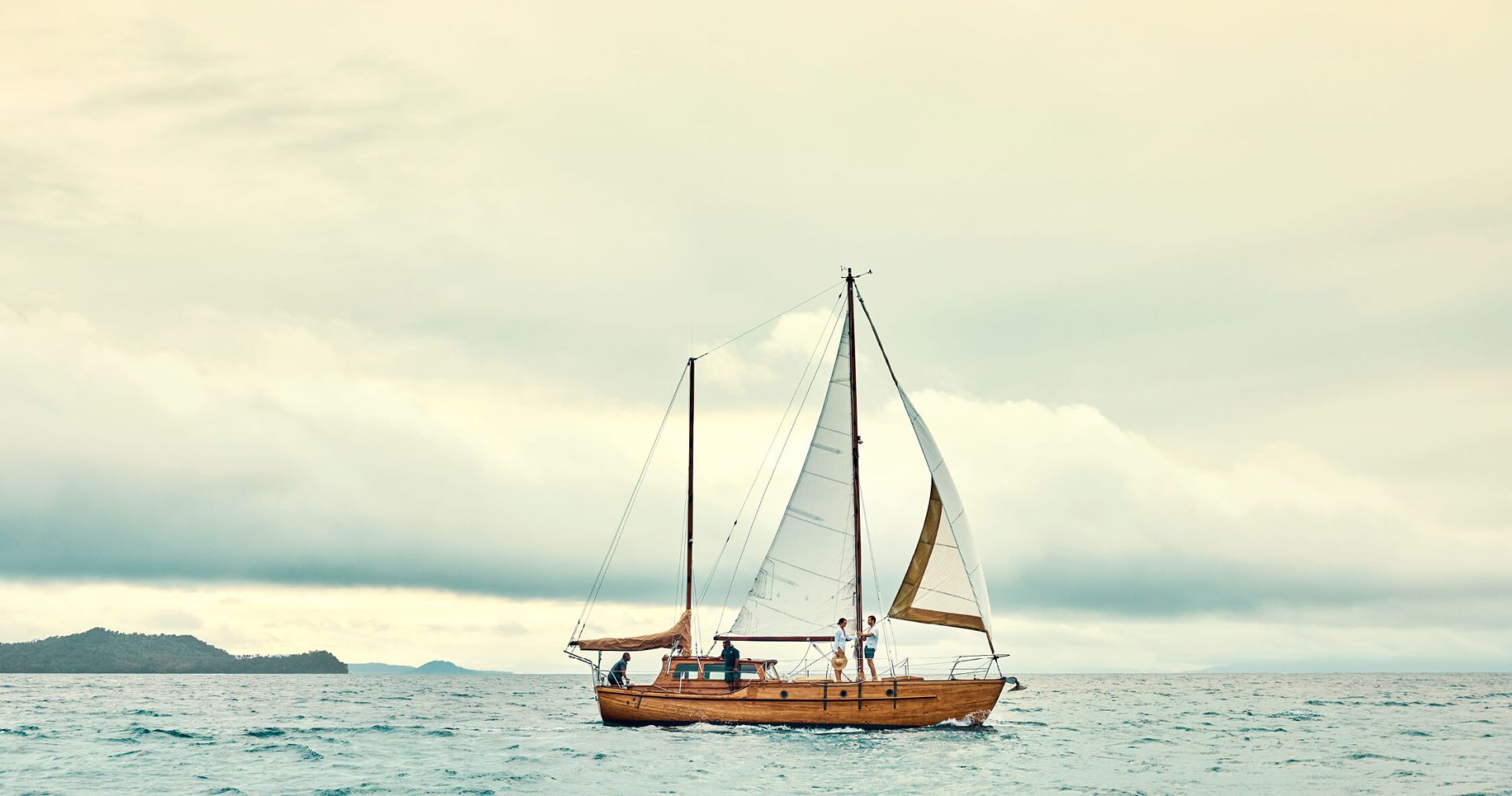
May through October
Best months to visit
January through June
Best time to book
May through October
Best months to visit
January through June
Best time to book
Reminder Set!
We'll notify you when it's the best time to book this destination.
Get reminded when it's time to book
Experience Laucala Island in Fiji—a completely self-sufficient ecosystem where food, energy, and economy operate in perfect closed-loop harmony. Discover the psychological relief and claustrophobia of total self-sufficiency.
We Handle Everything. You Just Show Up.
No research. No coordination. No backup plans needed. Just your perfect journey—guaranteed.
Create Your JourneyThere’s a low-level anxiety that comes with modern leadership. You know the one. It’s not the dramatic crisis—the market crash, the public failure, the betrayal. It’s quieter. It’s the persistent hum beneath every decision you make: I don’t actually know how this works.
The supply chain that feeds your organization. The cloud infrastructure that powers your product. The financial instruments that fund your growth. These systems are miracles of efficiency, yes. But they are also magnificent black boxes1. You flip a switch, and something happens. You don’t see how. You can’t touch who.
And the strangest part? This invisibility isn’t a bug. It’s the feature we’ve been sold as “effortless.”
Research on psychological distance reveals a troubling truth: when systems become too abstract, too geographically and socially distant, something shifts in our cognitive architecture2. We begin processing them at a high level—the “big picture,” the “overall gist”—while our brains systematically filter out the human details3. The faces. The hands. The individual stories that make up the whole.
This isn’t your failure as a leader. It’s a structural assault on your capacity for empathy4.
The cognitive load of managing these opaque systems is relentless. And here’s what the research has confirmed: cognitive load actively reduces empathy and prosocial behavior5. The very complexity you’re paid to navigate is quietly dismantling your ability to feel the human weight of your decisions.
You can champion abstract “justice.” You can fund initiatives for “humanity.” But you struggle to muster genuine compassion for the specific person—the one whose labor is hidden in your supply chain, the one whose exhaustion powers your “effortless” service6.
This is the empathy gap of abstraction. And you feel it, even if you can’t name it.
What Comprehension Feels Like
What if the opposite were possible?
Not another framework. Not another “systems thinking” workshop where you learn to draw better diagrams. You’ve read The Fifth Discipline. You understand feedback loops. The problem isn’t your conceptual knowledge7.
The problem is that your body has never experienced what a whole, healthy, legible system feels like.
William James understood something profound about human cognition: all experience is embodied. “Where the body is is ‘here’; when the body acts is ‘now’”8. You cannot truly grasp a whole system from a conference room in San Francisco while its components are scattered across three continents.
This is why the hunger grows. Not for another beach. Not for another villa with thread counts you can’t feel the difference of. You’re hungry for comprehension. For a place where you can finally see the whole loop. Where “farm-to-table” isn’t a marketing phrase but a physical walk you can take before breakfast.

The relief of seeing the whole system.
There’s an island. I won’t tell you its name yet—though you might already sense where this is going.
This island operates on a principle that seems impossible in 2025: 80% of everything consumed here is produced here9. The remaining 20% comes from fishermen you can meet, from villages you can see from the shore10.
When I say “everything,” I don’t mean just the food. The Wagyu beef. The hydroponic tomatoes. The coconut shells woven into the walls of your villa. The volcanic mineral water that’s bottled on-site. The ferns and local wood that frame your window11.
This isn’t a resort. It’s a closed-loop biosphere. A working prototype of what Buckminster Fuller called “Spaceship Earth”—that radical idea that we live on a finite, closed system where everything must cycle12. For decades, that’s been an inspiring metaphor. Here, it’s the operating manual.
The island’s scale—240 acres of organic farmland13—makes it legible. Small enough to walk. Large enough to sustain. You can see the whole system in a morning.
And something happens when you can finally see it.
The Moment Distance Disappears
There’s a moment that visitors describe. It happens during the farm tour—led by the executive chef himself, not a guide reading from a script14.
You’re standing beneath an ancient breadfruit tree. The chef reaches up, selects a single fruit, and pulls it down. The weight of it in your hands is real. The skin is textured, alive. He explains: this tree has been here for generations. This exact fruit will be roasted and on your plate tonight. Not “breadfruit like this.” This one.
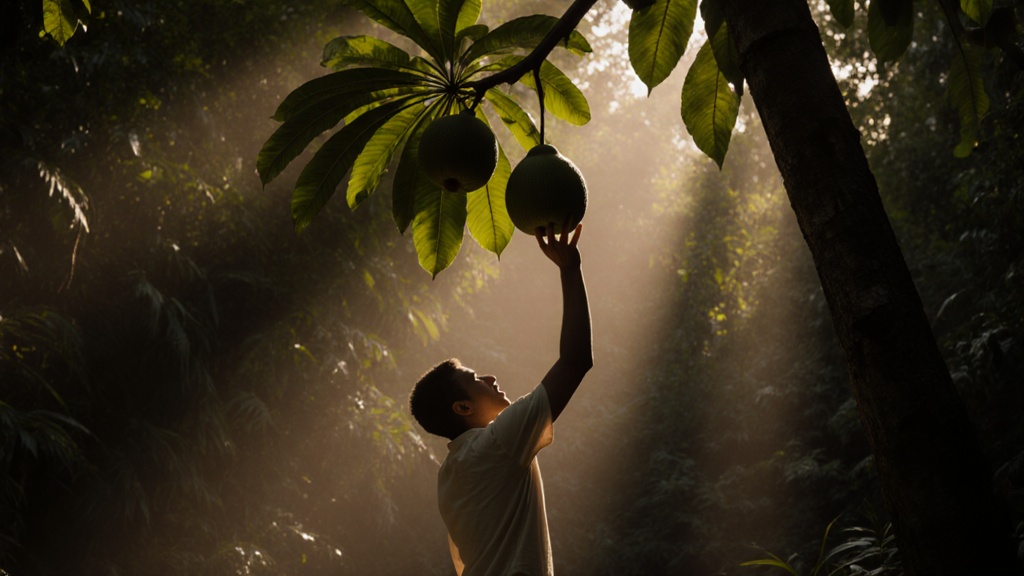
The moment understanding becomes tangible.
And something breaks open inside you.
Not intellectually—you’ve always known, conceptually, that food comes from the earth. But standing here, bark rough under your palm, the smell of soil and green growth around you, you realize: you’ve spent decades consuming without ever witnessing. The gap between the living world and your plate has been so vast, so carefully obscured, that you’d stopped asking where anything actually came from.
One visitor described it like this: “I finally understood.”15
What you understood was proximity. The temporal closeness—hours from this tree to tonight’s fire. The spatial closeness—a ten-minute walk from where you sleep to where this grows. The social closeness—the man who knows this tree’s history is the one who will prepare it, who is standing beside you now, soil still on his hands16.
Psychological research has a term for what you’re experiencing: “low-level construal”17. When something is psychologically close—in time, in space, in social connection—your brain shifts modes. It stops thinking in abstractions and starts thinking in specifics. Physical objects. Individual faces. Concrete details.
And here’s what the research confirms: this cognitive shift is the prerequisite for genuine, individual-specific empathy18.
Standing beneath that tree, you’re not thinking about “sustainable food systems.” You’re thinking about this fruit, this soil, this man who tends it. The philosophical collapses into the particular. The soul recognizes what it’s been starving for: not knowledge, but connection.
This is the cognitive reset you didn’t know you needed.
The Cost of Effortless
There’s a deeper transformation happening here, one that speaks to the particular pain of founders and leaders.
For years, you’ve benefited from “effortless” service. Hotels that anticipate your needs before you voice them. Staff who seem to vanish the moment they’ve fulfilled their purpose. Systems designed to hide all cost and complexity from view.
This is the luxury you’ve been sold. And it’s been slowly destroying something in you.
Sociologist Arlie Hochschild named it decades ago: “emotional labor”—the exhausting work of projecting positive emotions while suppressing genuine feelings19. Every “effortless” interaction is powered by someone performing this invisible work. And research shows that this kind of labor leads directly to depersonalization and empathy erosion—in the worker and the consumer20.
The black box of “effortless luxury” demands that workers destroy their empathy to perform the service. And it allows you to never engage your empathy to receive it21.
But what if service didn’t have to be invisible?
On this island, you watch your villa being built. The artisans weaving coconut shells aren’t hidden backstage—they’re offering classes where you can try your hand at the craft22. The farm isn’t a backdrop; it’s where you spend your mornings. The chef isn’t a mysterious genius behind closed doors; he’s your guide through the ecosystem he manages.
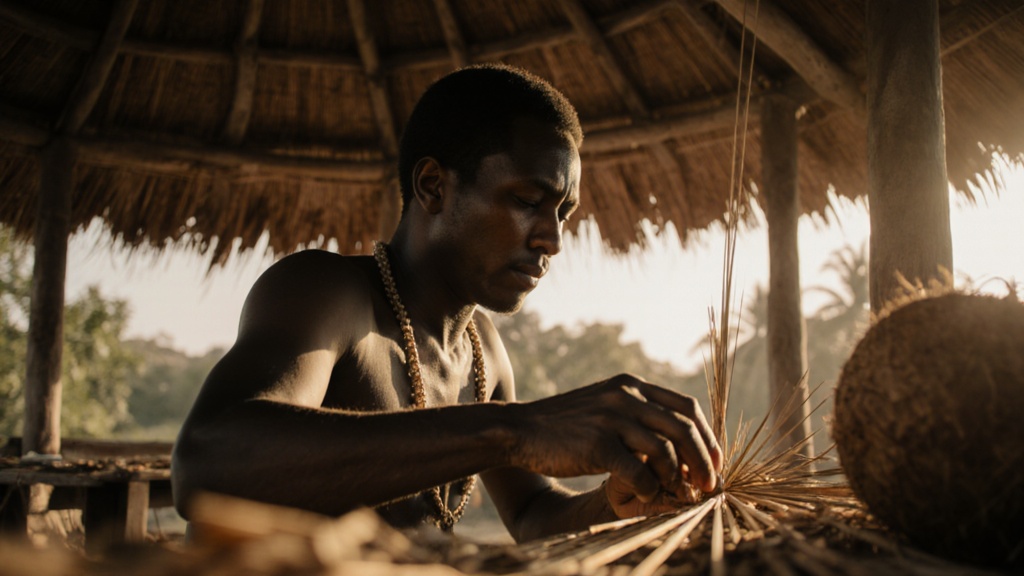
Craft made visible transforms everything.
The process is made visible. And visibility changes everything.
When you can see the process, it stops being magic and becomes something more valuable: human craft. When you know the artisan’s name, when you’ve tried to weave those coconut shells yourself and failed, when you’ve walked the same soil they tend—empathy isn’t an abstract choice. It’s the automatic result of proximity23.
You leave with a new impatience for black boxes. A restored ability to ask the question you’d stopped asking in your own organization: “Who makes this possible? And can I see them?”
What Fiji Already Knew
There’s an indigenous Fijian concept that makes all of this make sense. It’s called vanua.
Vanua isn’t a word you translate easily. It’s not “land” or “community” or “culture.” It’s all three, inseparably. It’s the embodied understanding that the land, the sea, and the people are one interconnected entity24.
In vanua, you don’t “own” land. You belong to it. You are its extension. When you fish, you share with the community. When the community thrives, the land thrives. The system is complete25.
This isn’t a quaint cultural belief. It’s a sophisticated systemic philosophy that predates—by millennia—every “systems thinking” framework in your bookshelf.
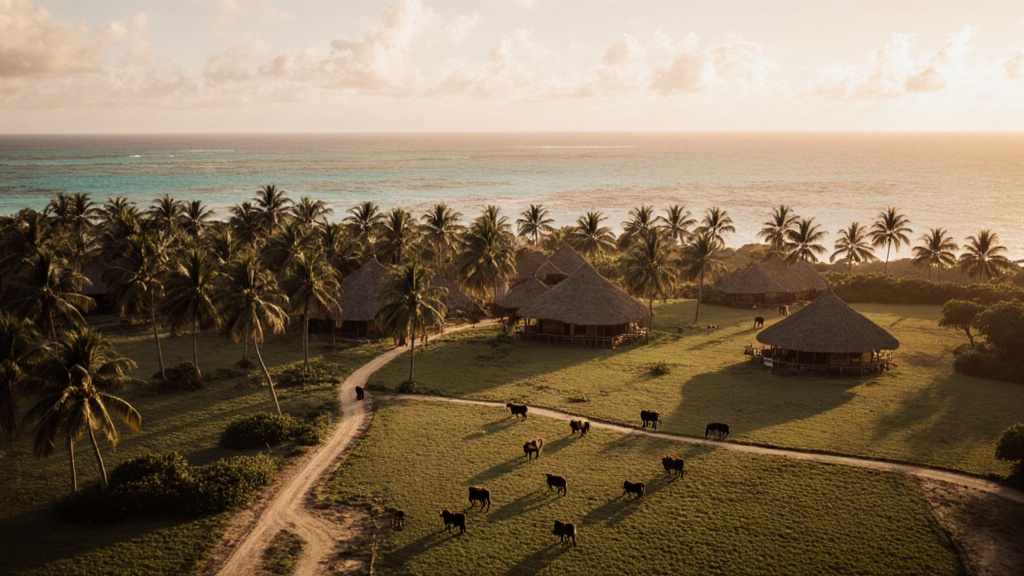
The vanua philosophy made visible.
When R. Buckminster Fuller published Operating Manual for Spaceship Earth in 1968, proposing that humanity must learn to see the planet as a closed, finite system requiring careful stewardship26, he was articulating something Fijian culture had already known for centuries.
When Carlo Petrini launched the Slow Food movement in 1986, advocating for food that is “good, clean, and fair” and reconnecting consumers with the source of their meals27, he was reacting to the collapse of precisely the kind of systemic wisdom that vanua represents.
Fuller’s “Spaceship Earth” and Petrini’s “Slow Food” are Western diagnoses of what went wrong when we abandoned legibility. Vanua is what it looks like when you never abandon it in the first place28.
The island you’re walking through isn’t applying a modern “sustainability framework.” It’s operating from an ancient understanding of what a whole system requires: interconnection, reciprocity, relationship, and the humility to know you’re part of something larger than yourself29.
This is why the island works. It’s not performing sustainability. It’s living a philosophy that’s older than the problem we’re trying to solve.
The Impatience That Follows
You won’t stay on the island. That’s not the point.
The point is that your body will remember what a legible system feels like. The calm that comes from comprehension. The empathy that emerges when distance collapses. The relief of living inside something you can finally see whole.
Research on luxury travel confirms what you probably already know: the market has shifted decisively “away from possessions and toward experience”30. But not just any experience. The new luxury consumer—particularly the founders and leaders in the HNW and UHNW categories—is seeking “self-actualization: experiences that help travelers grow, reflect, and transform”31.
They’re seeking what organizational psychologists call the “only sustainable competitive advantage” in an increasingly complex world: the ability to learn32.
But not learning from books. Not learning from case studies. Embodied learning. Systems being, not just systems thinking33.
When you return home, you’ll carry something rare: a new mental model. You’ll have spent days living inside a system that is simultaneously highly productive and deeply restorative. You’ve seen what wholeness looks like. You’ve felt what happens when everyone—from soil to table to person—is visible and connected.
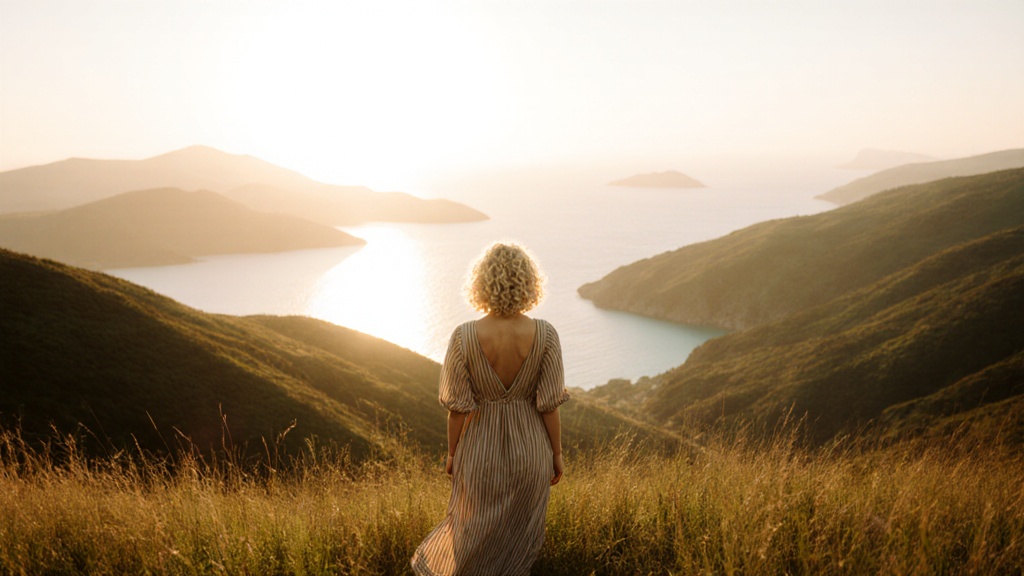
The cognitive reset stays with you.
This is not a vacation. It’s a cognitive reset.
You’ll find yourself asking different questions in your next board meeting. You’ll notice when someone uses “seamless” or “effortless” to describe a process, and you’ll wonder: Who is this effortless for? And what’s the cost of keeping them invisible?
You’ll start designing for legibility. Not because you read about it, but because you’ve lived it. Because your body knows what the alternative feels like.
If This Lands
I need to tell you something vulnerable: I’ve been avoiding being explicit about this.
Because the moment I say, “Let us help you arrange this journey,” something shifts. The frame changes from transformation to transaction. From possibility to product.
But here’s what’s true: places like this—functional, closed-loop ecosystems where every system is legible and every person visible—are vanishingly rare. This island, with its 80% self-sufficiency in a region where entire nations struggle with 80% import dependency34, is not just special. It’s a working prototype of resilience most places only theorize about.
Access requires more than booking a flight. It requires understanding what you’re entering and why it matters. It requires preparation—not of your luggage, but of your attention. It requires the kind of guidance that ensures you don’t experience this as “a nice resort” but as what it actually is: a living systems laboratory.
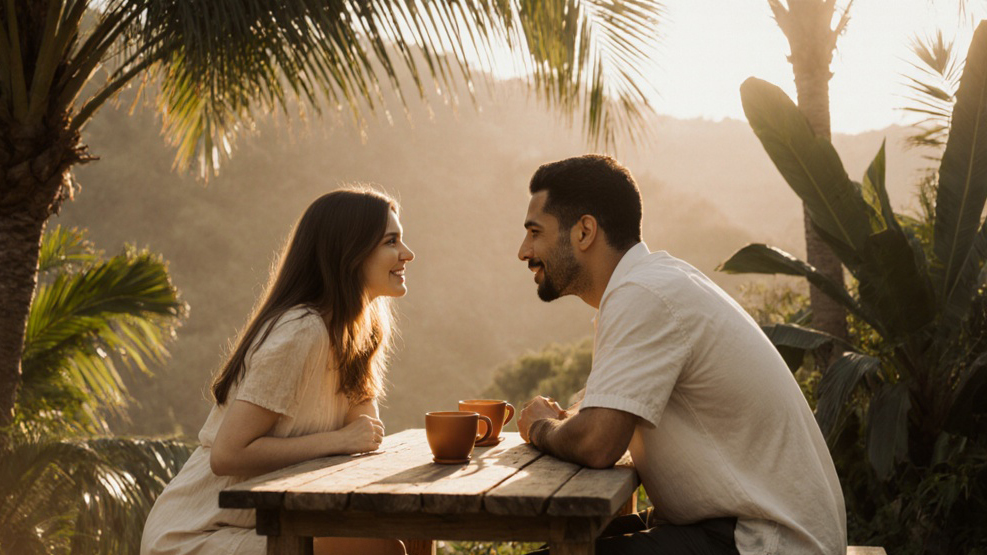
The conversation that changes everything.
That’s what we do. We create the conditions for this kind of encounter35.
Not every journey. Not every client. But for the founders and leaders who feel that low-level anxiety we started with—who sense they’re trapped in systems they can no longer see, leading with empathy they can no longer sustain—this is the reset.
If that’s you, if you’ve read this far because something in you is hungry for legibility, for embodied understanding, for the chance to finally see a whole system working…
We should talk.
We Handle Everything. You Just Show Up.
No research. No coordination. No backup plans needed. Just your perfect journey—guaranteed.
Create Your Journey-
Black box systems are defined as those that “do not reveal [their] inner workings,” creating a state where users “may not know why things happen in particular ways.” See: Potter, G. (2020). Grafting: An Approach to Exploring Crossovers Between Craft and Gaming. Source ↩
-
Construal Level Theory demonstrates that “psychological distance” affects how we process information. High distance triggers abstract thinking; low distance triggers concrete thinking. See: Trope, Y., & Liberman, N. (2010). Construal-Level Theory of Psychological Distance. Psychological Review, 117(2). Source ↩
-
When objects or events are psychologically distant, the mind processes them abstractly, focusing on the “bigger picture” and “overall gist” while filtering out details. See: Trope & Liberman (2010). Source ↩
-
Research confirms that technology and system opacity function as an “assault on empathy” when they obfuscate rather than clarify. See: Turkle, S. (2024). Speaking of Psychology: Is technology killing empathy? American Psychological Association. Source ↩
-
Studies show a clear “negative relationship” between cognitive load and empathy: “Cognitive load reduces both empathy and prosocial behaviour.” See: Pfattheicher, S., et al. (2022). Empathy moderates the relationship between cognitive load and prosocial behaviour. PMC. Source ↩
-
Legal and moral psychology research reveals a critical distinction between abstract empathy for concepts (e.g., “justice,” “humanity”) and concrete “victim-specific empathy” for individuals. Abstract thinking “may lead to a disregard for individuals.” See: Henderson, L. (1987). Empathy, Legal Storytelling, and the Rule of Law. Michigan Law Review, 85(8). Source ↩
-
Peter Senge’s The Fifth Discipline established systems thinking as critical for leadership, but organizational learning requires more than theory—it demands changing leaders’ “inner model of reality” and “mental models.” See: Senge, P. (1990). The Fifth Discipline. Source ↩
-
William James established that all human experience is embodied: “Where the body is is ‘here’; when the body acts is ‘now’.” See: Streeck, J. (2009). Minding the Body Interacting socially through embodied action. Source ↩
-
Laucala Island operates as “80 percent self-sustainable” from its own 240-acre organic farm. See: TravelPulse (2024). Laucala Pioneers Farm-to-Resort Cuisine. Source ↩
-
The remaining 20% is sourced with equal transparency: “80 percent of its seafood” is caught “within a mile of the shore,” with all fish sourced “exclusively from local fishermen.” See: KORE Eco-Luxury Hotels (2024); Mr & Mrs Smith (2024). Source Source ↩
-
Villas are constructed with “natural materials” including “local wood, fern stems and traditional coconut shell weaving.” See: Luxe Wellness Club (2024). COMO Laucala Island. Source ↩
-
R. Buckminster Fuller’s Operating Manual for Spaceship Earth (1968) presented a radical mental model: Earth as a “closed, finite system” where energy is “conserved” and humanity must act as “crew, not passengers.” See: Fuller, R. B. (1968). Operating Manual for Spaceship Earth. Source ↩
-
The island’s organic farm spans 240 acres, producing livestock (Wagyu cattle, poultry, pigs, quails, ducks, goats), “35 varieties of vegetables,” “15 different types of fruit,” herbs, spices, and Fiji Vanilla—all “100 percent hormone and chemical free.” See: TravelPulse (2024); Green Lodging News (2024). Source Source ↩
-
Guest experiences confirm: “Executive Chef Dan took us on a farm tour… the level of self-sufficiency was inspiring.” Tours cover “the main farm area, herb garden, nursery, hydroponic garden, fruit orchard, horse stables, cattle grazing paddocks, piggery, and poultry shed.” See: Shankar, J. (2025); Tour Fiji (2024). Source Source ↩
-
Multiple visitor accounts describe this moment of recognition when children (and adults) finally understand food systems through direct experience. See: Shankar, J. (2025); Kiwi Collection (2024). Source ↩
-
Research on prosocial behavior confirms the “empathy-altruism hypothesis”: “increased consumer awareness” through visibility “increased their willingness to pay” and created “emotional connection.” Proximity breeds empathy. See: Kim, S. (2022). Consumer’s Local Retailer Support During and After the Pandemic. ITAA Proceedings. Source ↩
-
Construal Level Theory posits that psychological nearness triggers “low-level construal”—concrete thinking focused on “physical objects,” “literal form,” and specific details. See: Trope & Liberman (2010). Source ↩
-
Concrete, low-level construal is the cognitive prerequisite for “victim-specific” (or individual-specific) empathy, as opposed to abstract empathy for concepts. See: Henderson, L. (1987); Eisenberg, N., et al. (2010). Empathy-related Responding. PMC. Source Source ↩
-
Sociologist Arlie Hochschild defined “emotional labor” as the “mismatch between one’s genuine feelings and outward behavior,” which is “distressing and draining.” Workers must “project positive emotions… and hide negative emotions.” See: Hochschild, A. R. (1983); Psychology Today (2024). Source ↩
-
Research shows that “constant emotional labor” and the detachment required for “effortless” service leads directly to “Depersonalization and Reduced Empathy” in workers. See: Tariq, S. (2024). The Invisible Work of Emotional Labor. Medium. Source ↩
-
For consumers shielded by the “black box,” their empathy is never activated. They are “pacified” by the “ready-made” product, completely disconnected from “labour practices” and “stories of individuals.” See: Nayar, T. (2021). Localism as Flourishing. OCAD University. Source ↩
-
The island offers “Fijian Handicraft Classes” where guests can “try [their] hand at traditional Fijian handicrafts like weaving baskets,” making artisan processes visible and tangible. See: COMO Hotels (2024). Cultural Activities. Source ↩
-
Visibility and proximity automatically trigger empathy. When processes are demystified and workers are visible and named, “emotional connection” and “emotional durability” emerge. See: Chapman, J. (2010). The Significance of Craft in Sustainable Textile Materials. Source ↩
-
Vanua is an “embodied” and “embedded bodily politic” where “the land, the sea, and the people are one living, interconnected entity.” It’s a “connected, contingent, relational concept.” See: Korovulavula, I., et al. (2022). The role of Vanua in climate-related voluntary immobility in Fiji. Frontiers in Climate. Source ↩
-
Core principles of vanua include interconnection (“the people are an extension of the land”), relationship (“You are not alone”), and reciprocity (“when you catch a fish, we share the fish with our community”). See: Methodist Church of New Zealand (2024); Disability Rights Fund (2018). Source Source ↩
-
Fuller’s “Spaceship Earth” concept established three principles: (1) Earth is a “closed, finite system” where energy is “conserved,” (2) humanity must act as “crew, not passengers,” and (3) we must “fly by the generalized principles governing universe” through “ephemeralization”—doing “more with less.” See: Fuller, R. B. (1968). Source ↩
-
The Slow Food movement, founded by Carlo Petrini in 1986 “in response to the encroachment of fast food,” advocates for food that is “good, clean, and fair” and champions “short food distribution chains.” See: EBSCO Research Starters (2024); Slow Food International (2024). Source Source ↩
-
Laucala’s operation—where producers and consumers share the same landmass, where food is shared, and where the health of land, sea, and people are managed as one “interconnected entity”—is the vanua philosophy made manifest. See: Korovulavula, I., et al. (2022). Source ↩
-
Vanua represents “reciprocal, embodied interconnection” where “the land, the sea, and the people are one.” It’s a pre-existing, ancient systemic philosophy that predates Western “systems thinking” frameworks. See: Korovulavula, I., et al. (2022). Source ↩
-
The luxury market has undergone a “change in consumer preferences away from possessions and toward experience,” particularly among Millennial and Gen Z HNWIs. See: World Luxury Chamber (2024). Future of Luxury Travel. Source ↩
-
The new luxury consumer seeks “self-actualization: experiences that help travelers grow, reflect, and transform.” They are “Impact Explorers” willing to pay 30-50% premiums for meaningful experiences. See: EHL Insights (2025); McKinsey (2024). Source Source ↩
-
Ray Stata, CEO of Analog Devices, argued that “organizational learning… may become the only sustainable competitive advantage.” This learning is experiential, not academic. See: Stata, R. (1989). Organizational Learning—The Key to Management Innovation. MIT Sloan Management Review. Source ↩
-
The shift “from systems thinking to systems being” represents embodied, experiential learning versus abstract theory. “Analog” learning models provide “principles-based learning” through “embodied experience.” See: Whittington, J. (2024). Business Constellations; ResearchGate (2019). Source Source ↩
-
Fiji faces a “diminishing food security” crisis where the nation “imports 80% of its rice” and urban centers are “greatly dependent on imports.” Laucala’s 80% self-sufficiency is a direct inverse of this regional vulnerability. See: PLOS Sustainability (2024); UNFCCC Fiji Case Study (2024). Source Source ↩
-
This describes the curated experience design that transforms a resort visit into a transformative learning experience—the kind of immersion that requires expert guidance and preparation. [Source](Krystal Ariel’s proprietary experience design methodology) ↩
